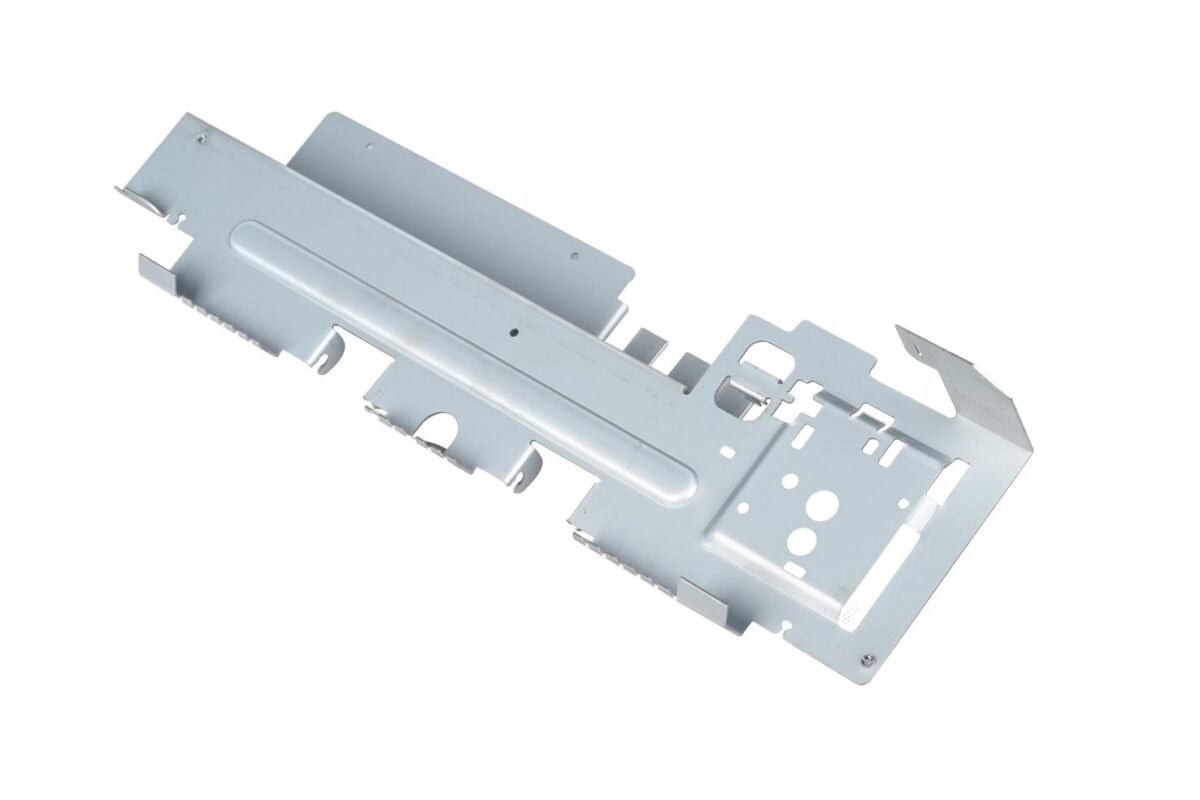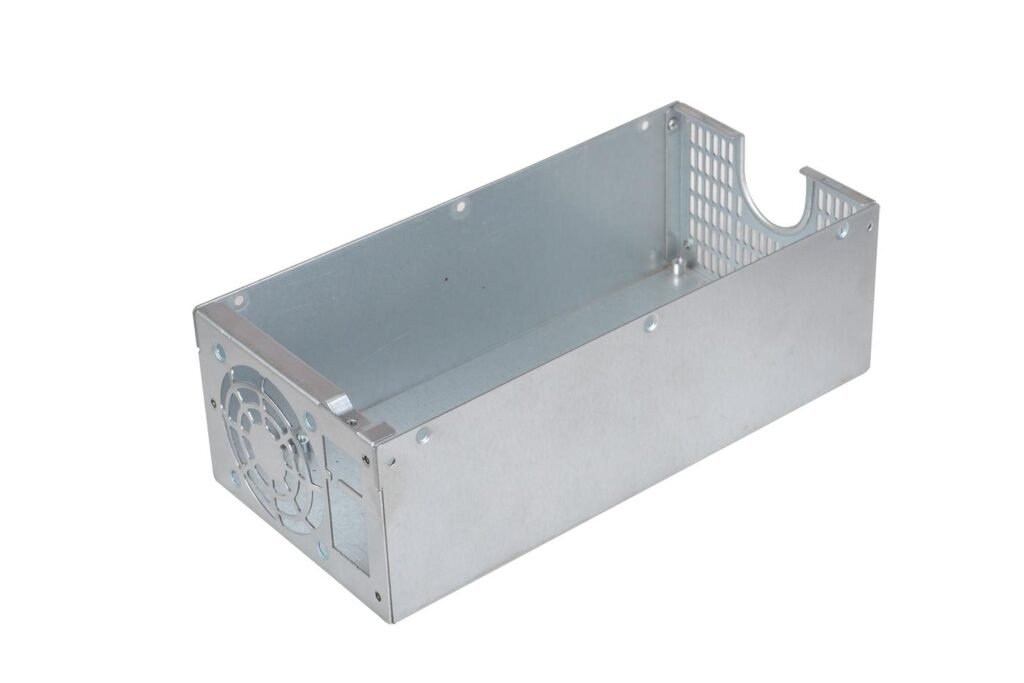If you are someone belonging to the manufacturing industry or have even an iota of interest in the manufacturing world, then you must have surely come across the terms Jigs and Fixtures. Jigs and fixtures are essential tools deployed in the manufacturing process to develop different pieces of CNC machined parts. Though their roles are different, though they are created using different manufacturing techniques, essentially jigs and fixtures essay the role of producing products with great precision. Jigs are devices that hold the workpieces and guide the various CNC machining tools to perform their specific tasks. Jigs serve the major purpose of providing products with the features of modification, interchangeability and precision. Jigs are lightweight, cost-effective products used extensively in QBH technology and automation tools to carry out various processes such as drilling, cutting, etc. Types of Jigs: Drill Jig: One of the most common types of jig, the drill jig is used to drill holes at specific locations. Template Jig: Template jigs have holes in them through which the cutting tool is guided. These can be easily mounted onto the workplace. Wooden Jig: As the name suggests, wooden jigs are specifically used to create wooden work profiles. Plate Jig: Apart from having holes to guide the cutting tool, plate jigs are also braced with drill bushes. Angle plate jig, which is a type of plate jig is used to make diagonal holes. Leaf Jig: Leaf jigs have a hinged leaf that comes with a provision for opening and closing them. This feature facilitates faster loading and unloading of products. Diameter Jig: A unique type of jig made specifically to enable the drilling of rounded workpieces. While jigs serve as the guiding factor for tools, fixtures are holding devices that firmly hold and support the workpiece at a certain position to carry out the manufacturing process. The CNC machined fixtures are accurate, improve the speed of manufacturing and give the desired output. Fixture finds its application in multiple CNC machining processes such as grounding, turning, and cutting to name a few. Drilling Fixture: Drilling fixtures have both bushes and holes and are often paired with jigs. Turning Fixture: These fixtures are mounted on the machine table in such a way that they can rotate and thus are used to make comparatively complex products . Milling Fixture: As the name suggests, milling fixtures are used to perform a number of milling operations and are secured on the work table with fasteners. Grinding Fixture: Another kind of fixture which is used majorly to support and hold the parts during grinding operations. The cnc machined fixtures and jigs are composed of several components or sections such as follows: 1) Body: The body of jigs and fixtures is generally strong to withstand strong force. 2) Clamping Devices: Both the jigs and fixtures have clamping devices to hold the workpiece securely and to carry processes such as cutting. 3) Locating Devices: These are in the form of pins to locate and place the jigs and fixtures easily. 4) Bushings: Bushings are present in both jigs and fixtures and they facilitate the holding and cutting process. While the components of jigs and fixtures are more or less the same, individually they can be made using different materials as per the requirements and desired outcome. With the advent of QBH technology and other automation tools, the same material can be used to produce jigs and fixtures. Different materials bring their own characteristics and properties to the produced jigs and fixtures. 1) Hardened Steel: These are used to make water-resistant and non-shrinking jigs and fixtures. 2) Cast Iron: Jigs and fixtures made with cast iron can be self-lubricated and are used to build odd-shaped materials. 3) Nylon and Fiber: Nylon and fiber are used for jigs and fixtures to provide them with a soft lining for clamps so that there is no damage caused due to clamping pressure. 4) Phosphor and Bronze: Used majorly to form durable nuts and screws used in jigs and fixtures. Apart from these materials jigs and fixtures are also made with alloys, plastic, mild steel, nickel, etc. Since cnc machined jigs and cnc machined fixtures essay a very significant role in the manufacturing world, it is imperative that they adhere to certain design considerations. Following these design considerations ensure the large-scale production of products with accuracy and precision. Position: The workpieces should not be positioned in a plane that has more than 3 points. This helps to protect the workpiece from getting deformed. Furthermore, the workpiece should be placed such that it is easily located, thus saving time, effort and overall cost of production. Well-maintained Equipment: A well-maintained equipment, should be deployed so that the production is smooth without any interruptions and delays. Precise Design: For precise and accurate results, it is necessary that the jigs and fixtures are designed in such a manner that apart from the correct option, there is no other option or way for the tool and operator to handle it. Streamlined Process: Less time translates to more output. Jigs and fixtures must be designed so that all the processes such as loading, clamping, cutting, are streamlined thereby reducing the time to a great extent. Weight: Use jigs and fixtures that are low weight, so that they become easy to handle and operate. At the same time, make sure the material is a good one that offers rigidity and sturdiness. Coolant: Designing jigs and fixtures with a provision to cool them is very useful to reduce the time in manufacturing the final product. Hardened Materials: The tools, locating surfaces and mounting tables should all be hard and stable to provide much needed support during the process and ensure accurate results without any deformity and breakage. Clamping Device: There can’t be any compromise in the effectiveness that jigs and fixtures bring to the workpiece. Thus, it becomes important that the clamping devices should be able to hold the workpiece firmly and at the same time ensure there is no breaking or disorientation caused. Interchangeable Parts: Interchangeability is one of the highlighting and fundamental properties of jigs and fixtures. Thus, the locating and supporting surfaces should be standardized so that there won’t be any problem in producing them with tweaks or as it is in the near future. Safety is a Key: Safer the jigs and fixtures, less is the worry and the better it is for the tools and operator to get the most out of the manufacturing process. In the manufacturing industry, “Jigs” and “Fixtures” are often termed together since they are made up of the same material and are also equally used for mass production. However, there are a good number of ways in which a jig is distinguished from a fixture. Jigs and fixtures in unison, increase the efficiency, quality, and output of CNC machining. Being easy to use and easily modifiable, Their unparalleled features find great application in the automotive, electrical and manufacturing industries. So to conclude, jigs and fixtures are the backbones of the manufacturing industry as together they guide various cnc machining tools and at the same time also support them to carry out their functions precisely, ensuring accurate, large scale and cost-effective production. But to get the most out of the jigs and fixtures, the operators should ensure that the several design aspects and considerations are in place and the type of material used is specific to the desired output.Jigs and Types of Jigs

Fixtures and Types of Fixtures
Types of Fixtures
Components of Jigs and Fixtures
Materials Used for Jigs and Fixtures

Designing Considerations for Jigs and Fixtures
Difference Between Jigs and Fixtures







